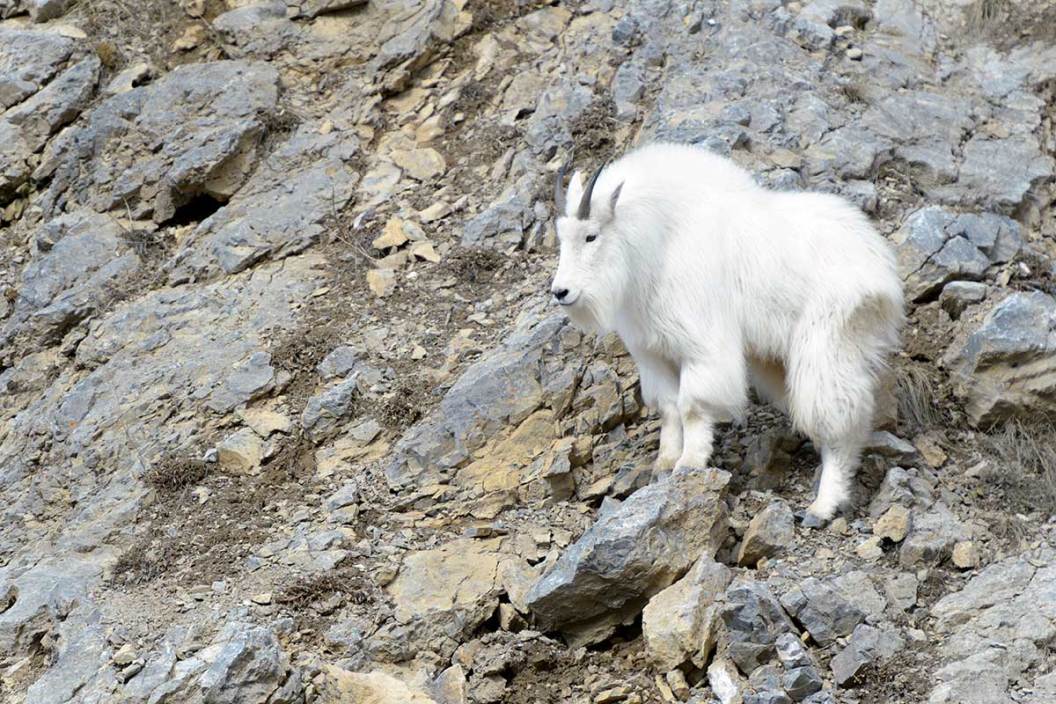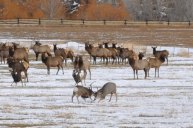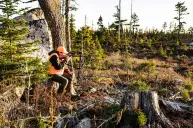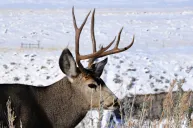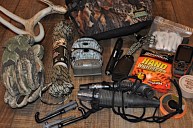Here's what you need to know if you want to hunt mountain goats in this lifetime.
Also known as Rocky Mountain goats, these members of the Bovidae family are native to North America. Mountain goat populations range from Washington and Idaho to Montana and Colorado in the Lower 48 and as far north as British Columbia, Yukon, and Alaska.
There's no sense in beating around the bush. Mountain goat tags are not easy to get your hands on. You can enter tag lotteries in many goat states, but your odds of drawing are low, especially if you're a non-resident and a first-time applicant. It typically takes years and years to secure a chance at one of these iconic trophies.
That makes them one of the most coveted big game animals among all the hunting opportunities on the continent.
At the same time, a mountain goat's non-native status in the Grand Teton National Park, plus their threat to native Bighorn sheep in that area, has led to qualified volunteers getting the chance to chase them during a limited season.
Hunting Mountain Goats
Starting today (and through Oct. 25), Grand Teton NP is bringing back an interesting way to handle their invasive mountain goat issue. Here's a look into why they're turning to a group of volunteers they've selected to hunt them: https://t.co/x0lvTY7sVR
— Carter Williams (@cwilliamsKSL) September 22, 2021
Mountain goat hunters should be in peak physical condition before stepping foot near the mountain ranges that hold these agile creatures. They can ascend near-vertical cliffs at high altitudes, so accessibility to mountain goat habitat during hunting season is extremely limited. Lots of glassing and challenging spot-and-stalk climbs can still yield low success rates on these wary animals. Long-distance shots are almost a guarantee.
You should never venture out alone in goat country—too many hunters have lost their lives in hot pursuit of a billy. Your best best is to book a mountain goat hunt with an experienced outfitter. But if you opt to DIY it, bring a buddy or two.
Mountain goat seasons vary from state to state, but most run from September through November or December, when they're typically rutting. Late-season hunts are the most physically taxing but also the most rewarding, with billy goats sporting their winter fur this time of year.
Be sure to study up on the differences between billy goats and nannies. It can be difficult to differentiate between the two, especially from several hundred yards away while caught up in the excitement.
Retrieval of a downed mountain goat can be just as treacherous as the hunt itself, so keep this in mind when choosing where to take the shot.
Products featured on Wide Open Spaces are independently selected by our writers and editors. However, when you buy something through our links, we may earn a commission.
NEXT: THE AMERICAN HUNTER'S DREAM SPRING ROAD TRIP
